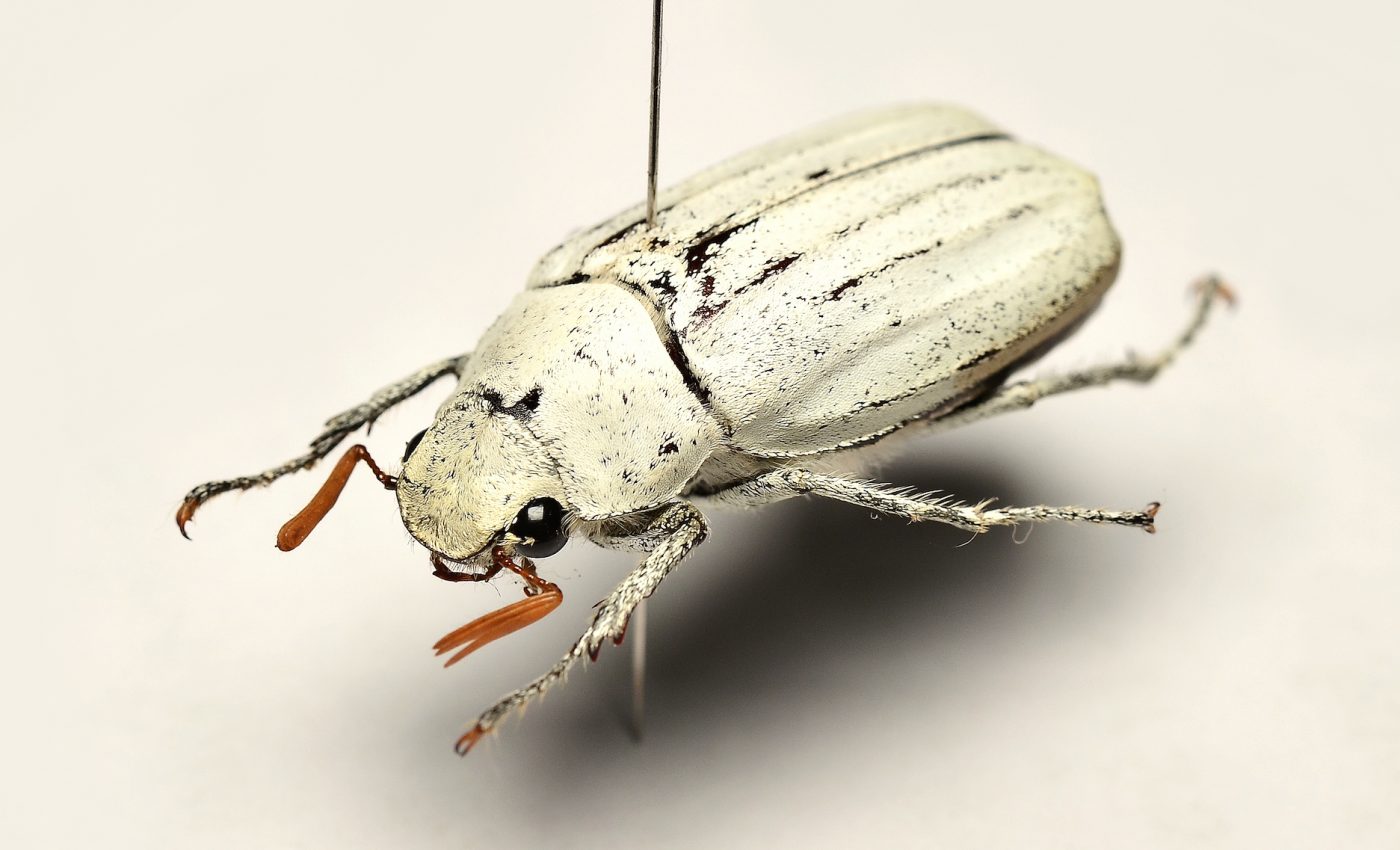
The structure of beetle scales could help scientists create sustainable paint
Scientists at the University of Sheffield have discovered the potential to make white sustainable paint using recycled plastic waste by mimicking the structure of the Cyphochilus beetle’s scales, which contain one of the brightest whites found in nature.
According to the researchers, the new paint would not only have a much lower carbon footprint, but could also help to tackle the challenge of recycling single-use plastics.
The brilliant white shade of the Cyphochilus beetle is not created by pigments, but by the nanostructure of its tiny scales. The team has managed to reconstruct and refine this scale structure in the lab using inexpensive materials. The technique used to recreate the nanostructure could be used to produce a sustainable alternative to titanium dioxide in white paint.
“In the natural world, whiteness is usually created by a foamy, Swiss cheese-like structure made of a solid interconnected network and air. Until now, how these structures form and develop and how they have evolved light-scattering properties has remained a mystery,” said study lead author Dr. Andrew Parnell.
“Having understood these structures we were able to take plastic and structure it in the same way. Ideally, we could recycle plastic waste that would normally be burnt or sent to landfill, structure it just like the beetle scale and then use it to make super white paint. This would make paint with a much lower carbon footprint and help tackle the challenge of recycling single-use plastics.”
The study revealed that the foamy structure of the beetle scales had the ideal proportion of empty spaces to optimize the scattering of light.
Currently, nanoparticles of titanium dioxide are used in white paint because they can strongly scatter visible light. However, titanium dioxide is harmful to the environment, contributing to nearly 75 percent of white paint’s carbon footprint.
“This research answers long-standing questions about how the structure inside these scales actually form and we hope these lessons from nature will help inform the future of sustainable manufacturing for paint,” said study co-author Dr. Stephanie Burg.
The study is published in Nature Communications Chemistry.
—
By Chrissy Sexton, Earth.com Staff Writer
Image Credit: Shutterstock/Wuttipon













